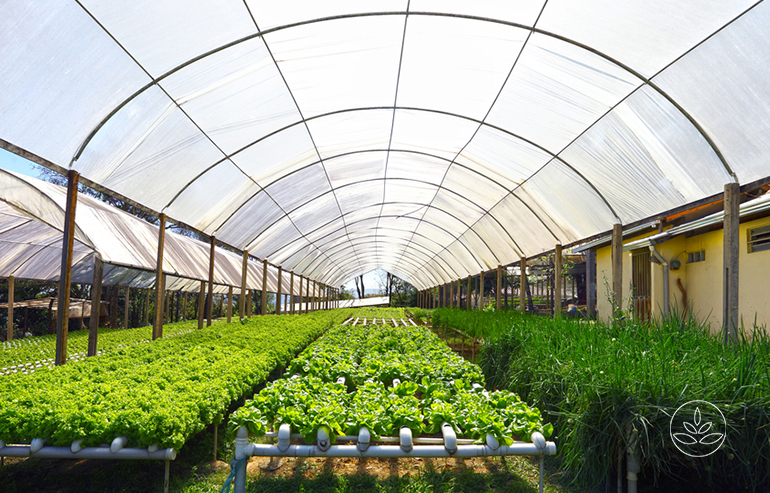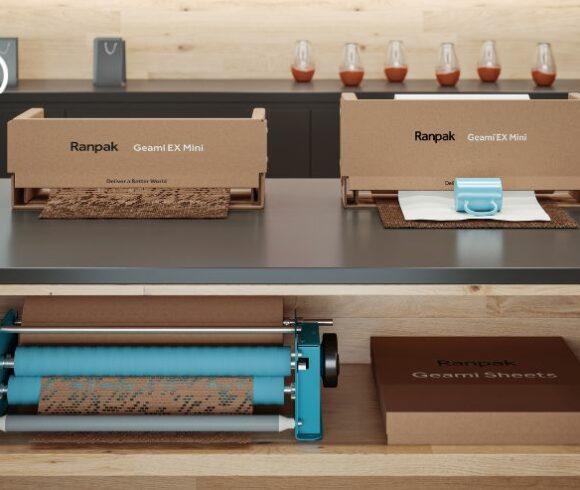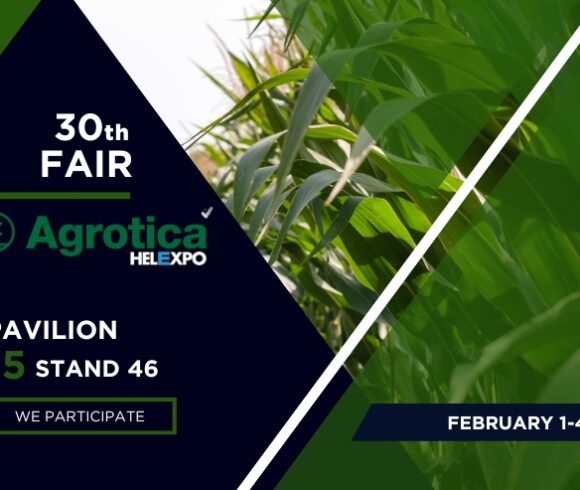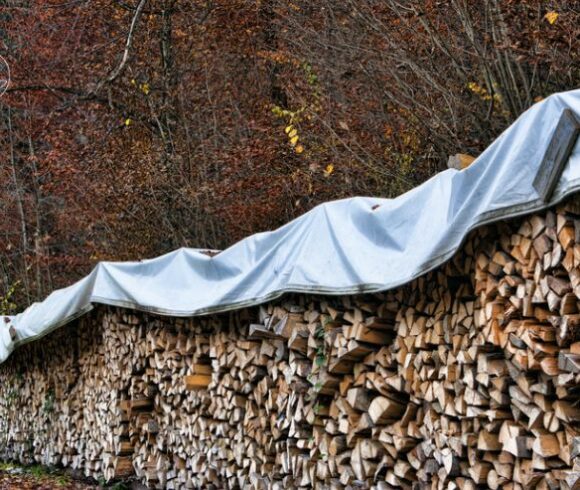02
2023

Shade nets are made of polyethylene and are used in a variety of ways, providing protection from the sun. Shade nets are available with shade ratios ranging from 50% to 90% to suit different needs depending on the type of plants and crops. A shade net can be used in greenhouses, residential yards and gardens, as well as in parking lots. In addition, it can be used as fencing to protect property and privacy. Polyethylene shade nets are particularly durable, easy to use and water permeable. They provide ventilation, improve light diffusion and keep greenhouses cooler. Their use results in lower energy costs, as they contribute to savings from running fans during the warmer months of the year. In addition, their installation is quick and easy, as is their removal.
Reflective shade and how it is beneficial in a greenhouse
Reflective shade is beneficial as it helps create an optimal growing climate because it reflects the sun’s rays instead of absorbing them. It also helps to control the balance of light, temperature (low during the day due to maximum reflection) and humidity, and saves energy (as it maintains the temperature during the night).
Difference between normal shading nets and reflective shading nets
Standard shade netting is an affordable, highly durable means of protecting plants and crops from direct sunlight. The shade net is placed on the outside roof of a greenhouse, either in a frame or one-piece, preventing a significant amount of light from penetrating into the interior of the greenhouse, creating the right condition for plants. The reflective type of netting is suitable for general horticultural, agricultural and greenhouse applications and is widely used in the market.
Recommended shade according to use
Shade nets are manufactured in different types and the type to be used depends on the type of crop. Shade nets help to protect plants, pets and other animals, and people from direct exposure to solar radiation. Depending on climate conditions, growers use 50% and 60% shade rates in colder areas, while in warmer areas they use 70% to 80%.
Why shade percentage is important
The shade percentage is determined by the amount of light that is blocked. For example, the definition of 80% shading is that only 20% of light passes through the shading material. For example, vegetables require a shading percentage between 30 and 50%.
Shade net advantages:
- Easy to wash




